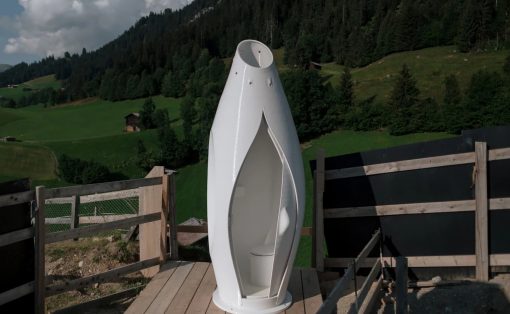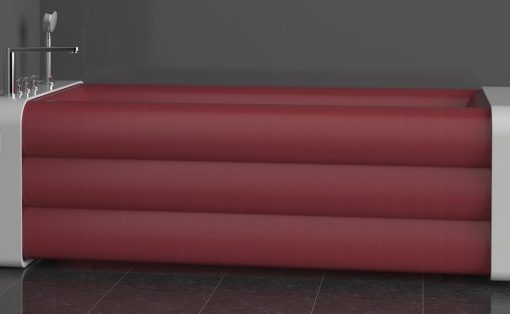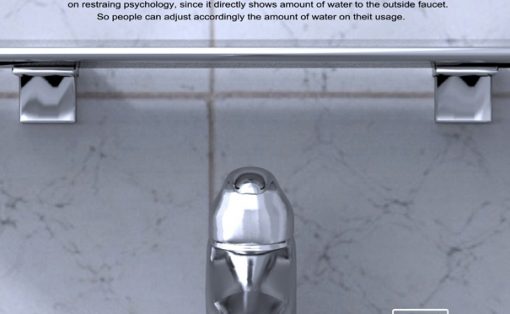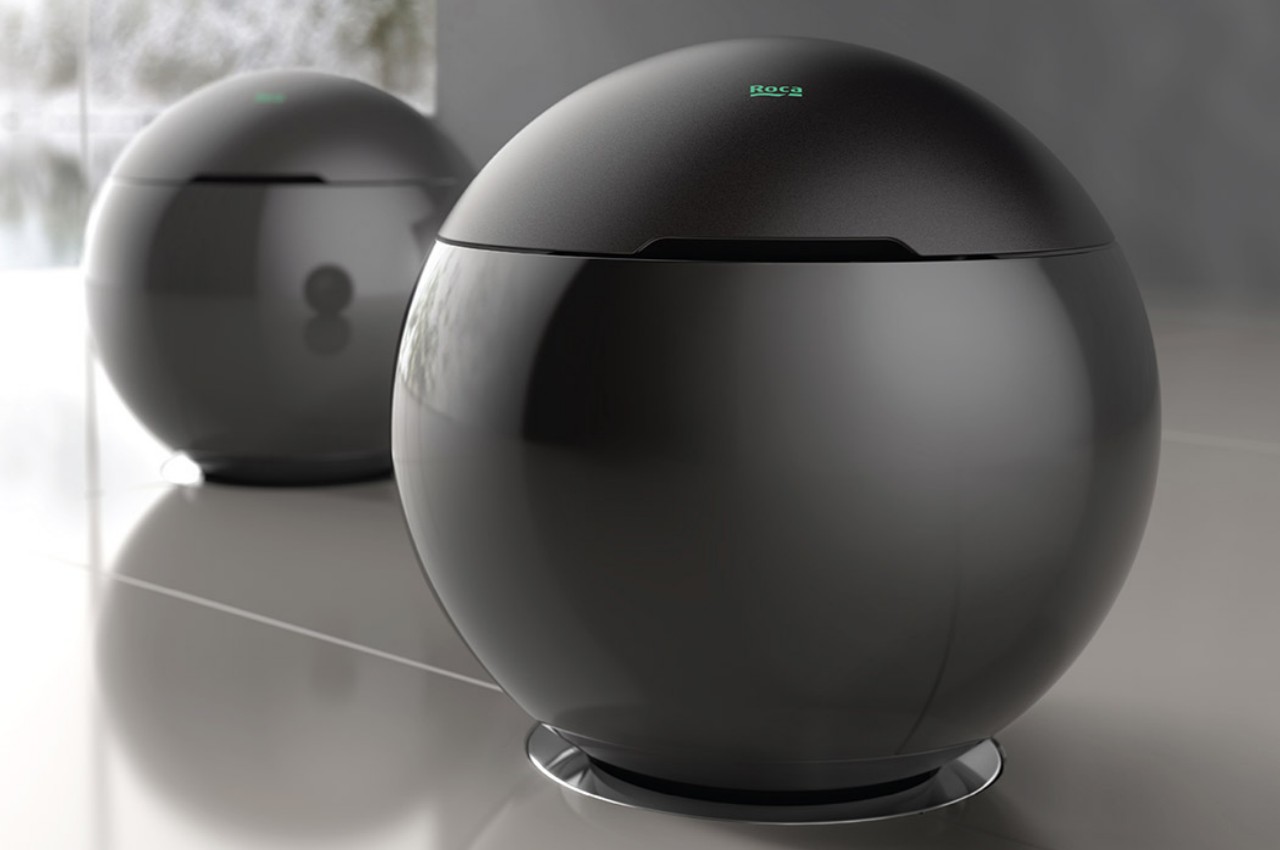
When renovating or designing a bathroom, the toilets can be categorized into wall-mounted and floor-mounted WCs. Just like any other fixture or finish selected for new home renovations, toilets come with considerations concerning aesthetics, ergonomics, cost, installation, and maintenance. The choice of wall-mounted or floor-mounted toilet bowls is crucial because it determines the layout of the plumbing. With so many options on the market, choosing the right one can be confusing. Learn the pros and cons of floor and wall toilets, then choose the one that’s right for you. Note that the primary difference between a wall-hung and a floor-mounted toilet is that the tank of a wall-mounted toilet is situated within the wall.
Designer: Zahari Gancheff
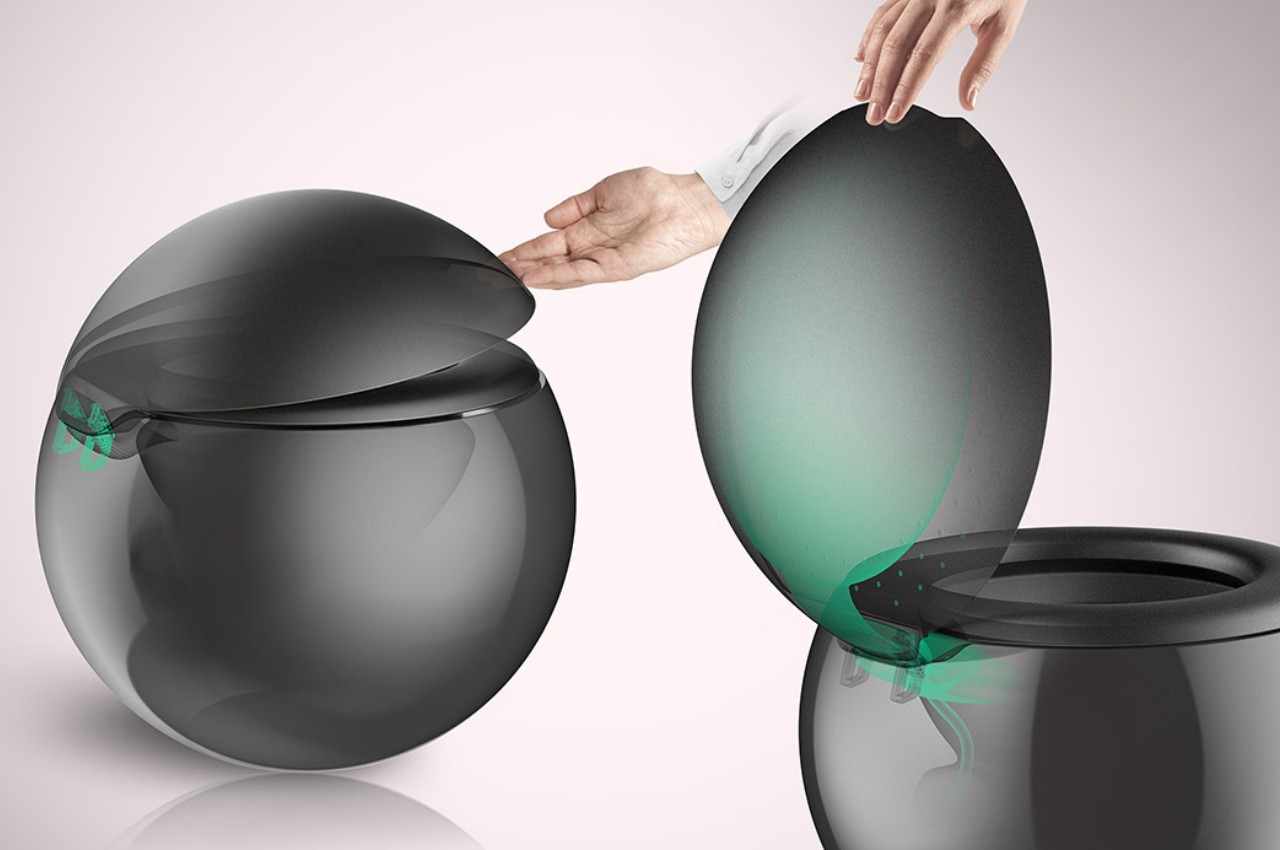
Wall-Mounted WC
A wall-mounted WC is fixed to the wall and no part of the WC touches the floor where the cistern is integrated into the wall cavity which houses the plumbing lines. It comprises four sections namely the wall tank that is hidden inside the wall, a flush actuator to control the flow of water, a bowl, and a seat. In addition, it incorporates a carrier in sturdy steel that provides adequate support to the tank and it anchors the bowl. To conceal the carrier, a secondary wall known as a ledge wall is constructed in the bathroom. The best part about wall-mounted toilets is that they do not require a drain in the floor like traditional floor-mounted toilets, making their installation simpler without the need for cutting into the floor.
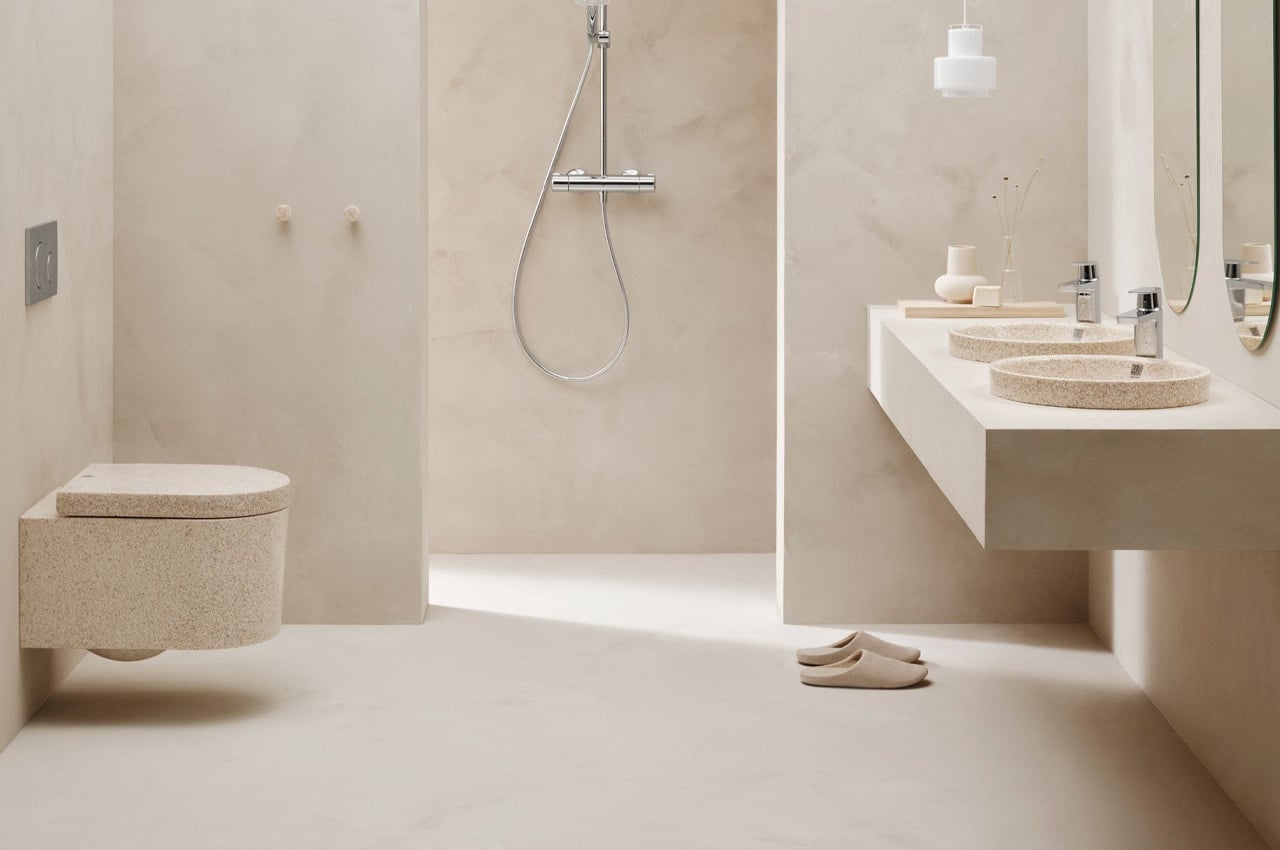
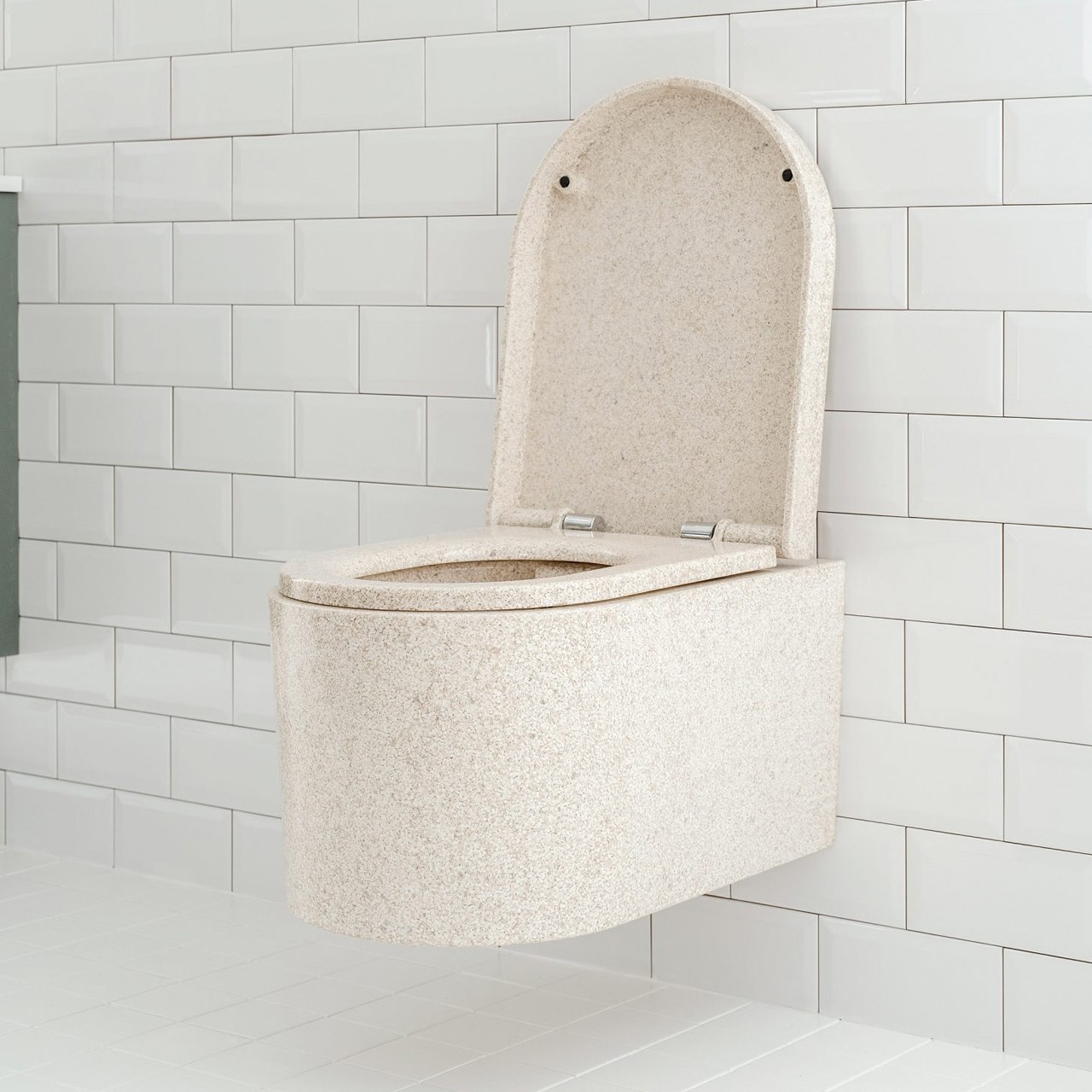
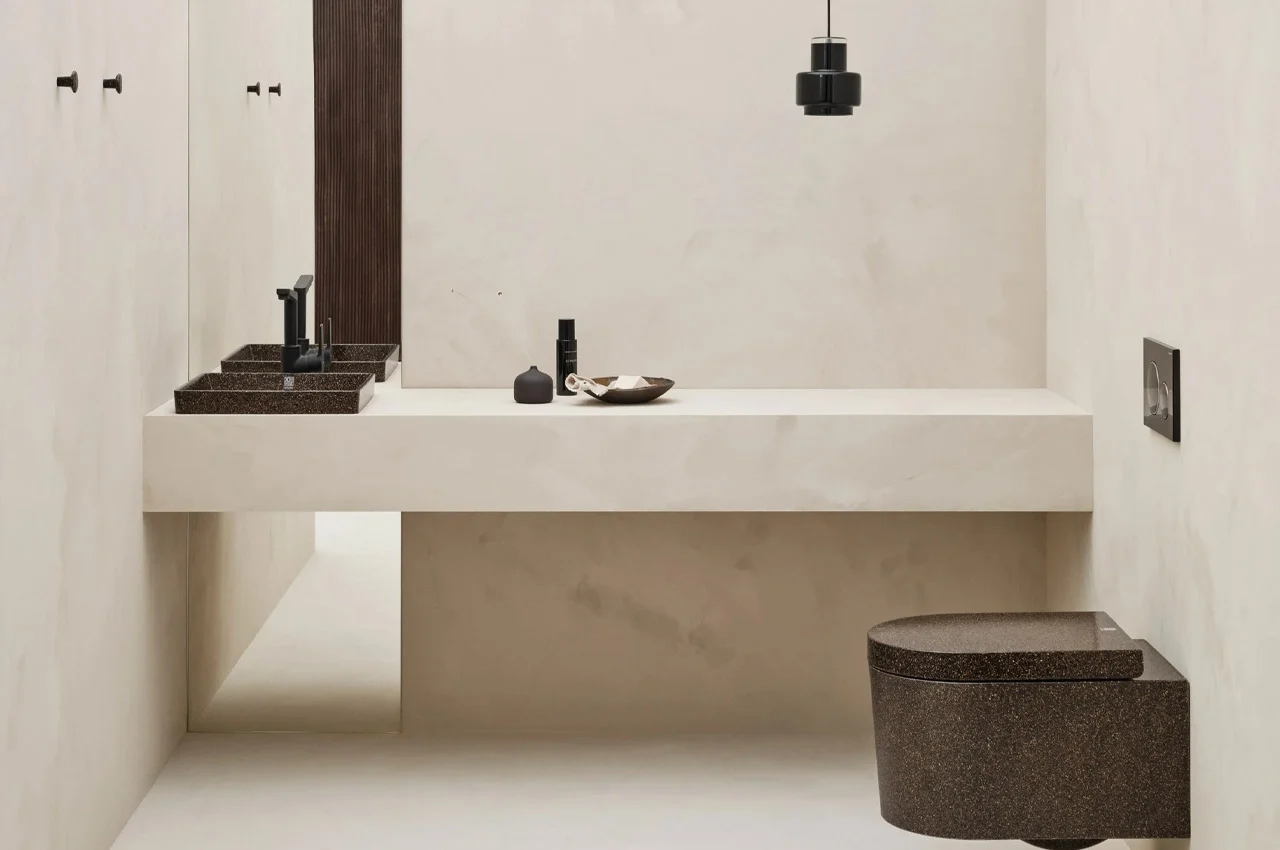
Designer: Designer: Woodio
Advantages of a Wall-Mounted WC
- A wall-mounted WC imparts a sophisticated and modern look and fit that enhances the overall aesthetics of the bathroom. It is perfect for a contemporary bathroom décor.
- The biggest advantage of a wall-mounted WC is that it allows height customization and can be adjusted to suit the specific height requirements of the end user instead of being predefined by the toilet design. This is highly recommended for people with limited mobility. Note that in floor-mounted WCs, the height of each model is fixed, and adjustments cannot be made due to the specific shape and design of the toilet.
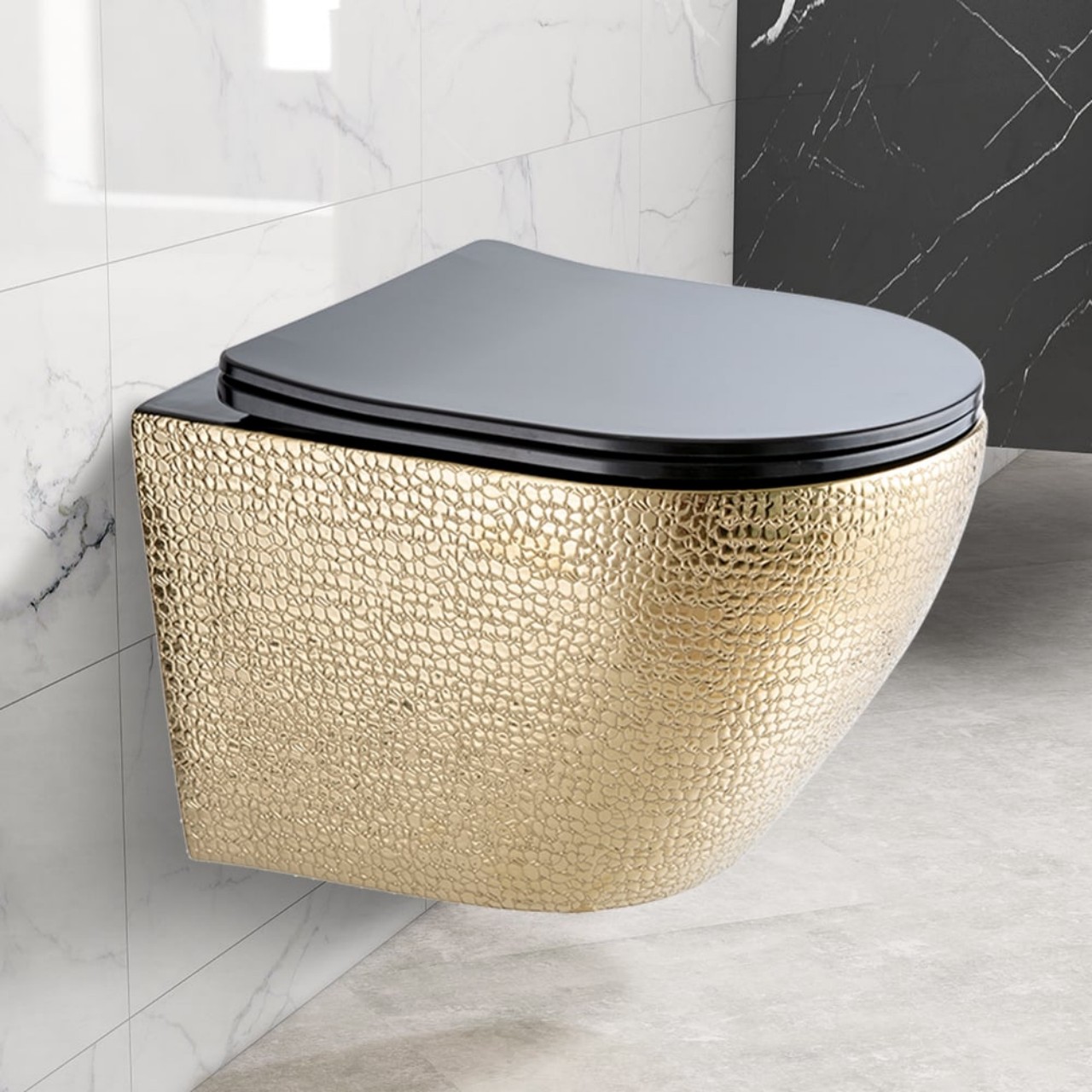
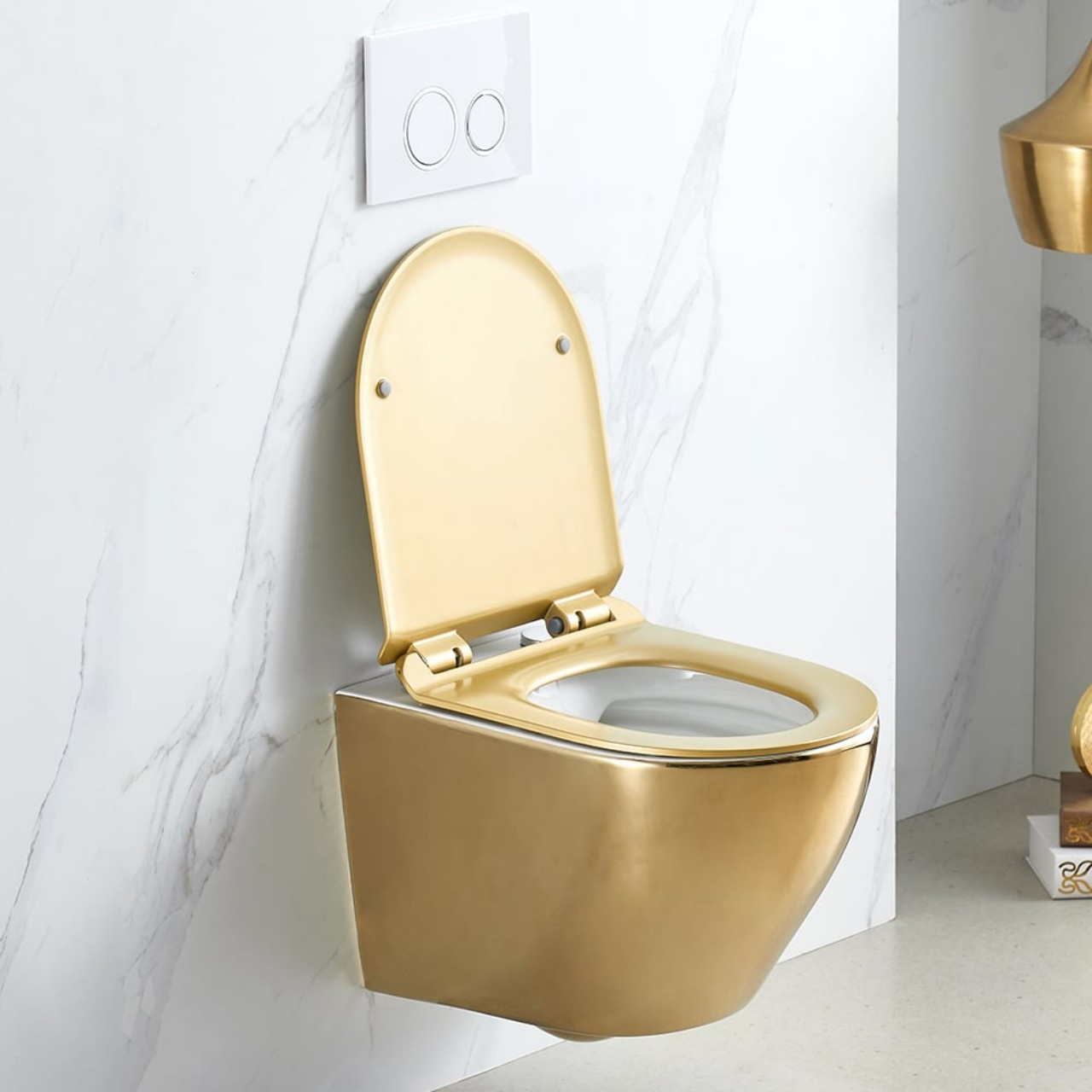
Designer: Homary
- Another plus is that since it is attached to the wall and the tank is concealed within the wall it takes up less space, shows more of the tiles, and creates a visually light and spacious look to the interiors.
- It conceals the spout and flush unit within the wall and offers a clean and stylish look.
- Since no floor support in a wall-hung toilet, there is clear space underneath so the bathroom is easier to clean allowing one to easily sweep or mop the area.
- Some models come with advanced options like a dual flush system, allowing users to save water by selecting between two buttons for flushing different amounts of water as per their requirements.
- When properly installed, a wall-hung toilet should securely hold up to 200kg. However, it’s important to refer to the product guidelines as per the manufacturers for the accurate weight limit of a particular wall-mounted toilet model.
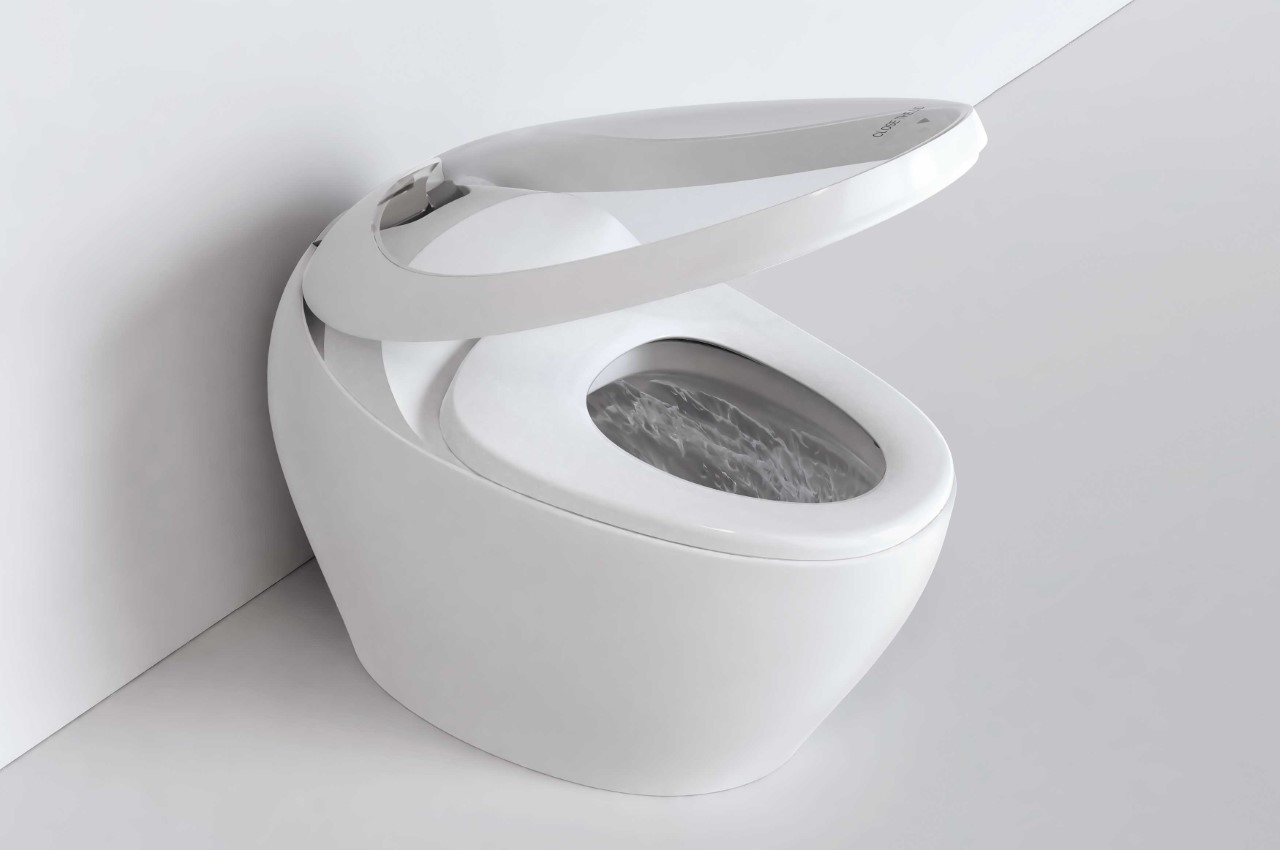
Designer: Yang Haojing
Disadvantages of a wall-mounted WC
- However, wall-mounted toilets can be more expensive to purchase and more complicated to install.
- Note that the installation can be difficult as it requires thicker walls for the tank and flushing system.
- The installation of wall-mounted WCs requires thicker walls to accommodate their tanks and concealed flushing systems, which can present difficulties in homes where the walls are not thick enough. In such cases, it may be necessary to construct an additional wall or ledge wall to achieve the required thickness for proper installation.
- Also, the plumbing for the concealed flush plumbing must be integrated before tiling the bathroom.
- Another disadvantage is that access to the hidden flushing tank for maintenance can be very time-consuming and inconvenient for some. However, wall-hung toilets feature a readily detachable push plate, providing easy access to the mechanisms located behind them.
- Wall-mounted toilets require regular maintenance as their brackets and bolts may become loose over a while due to continuous usage.
Floor-Mounted WC
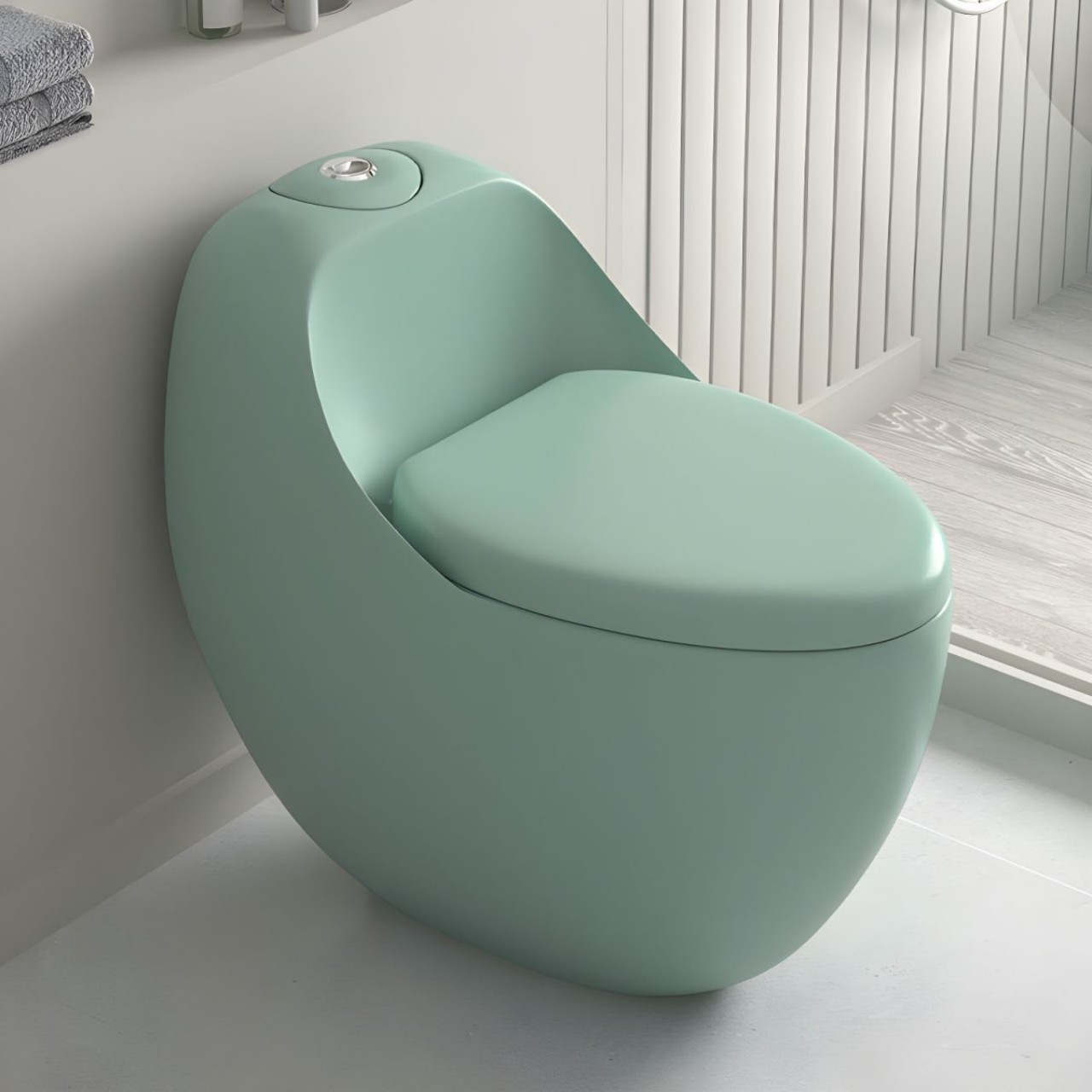
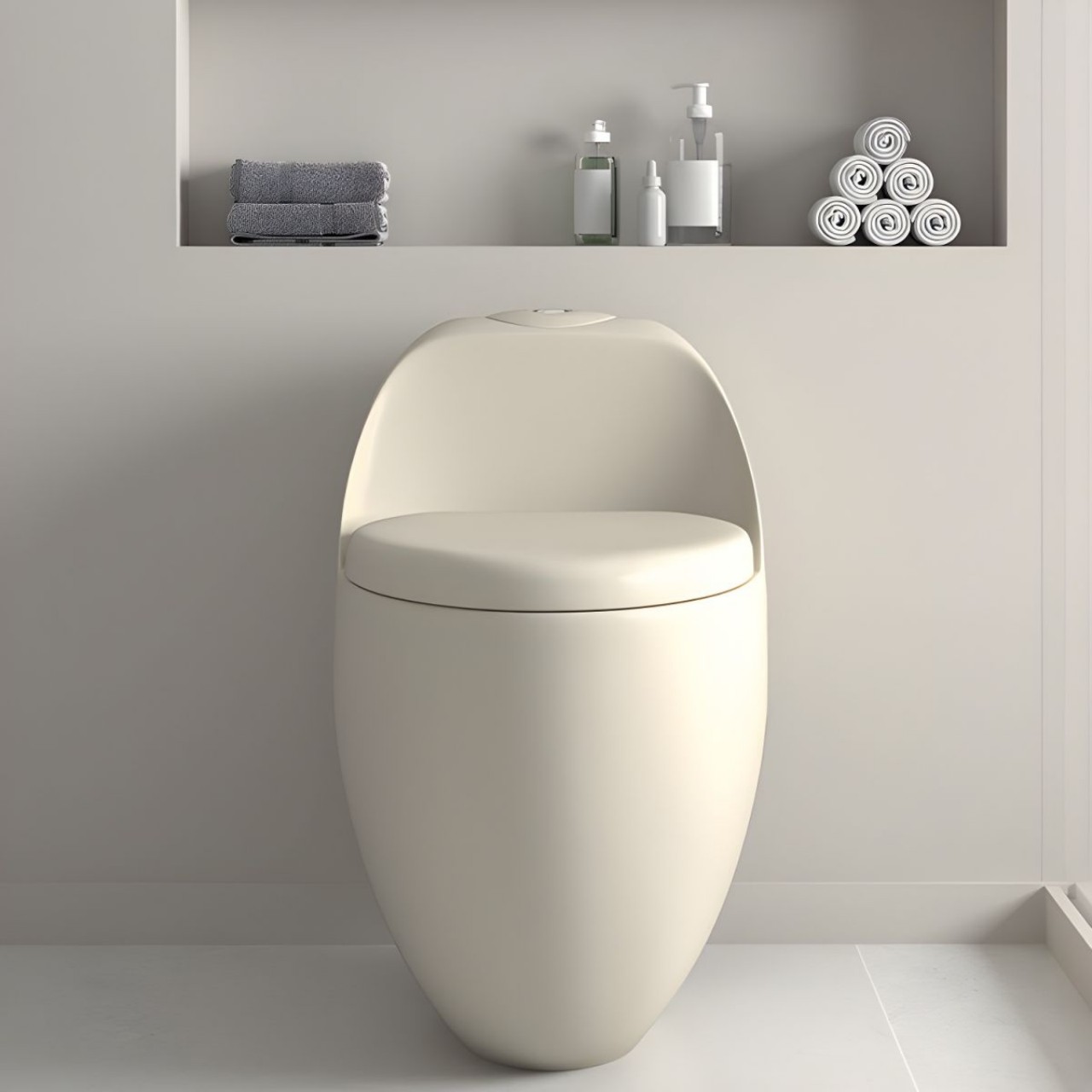
Designer: Litfad
In these toilets, the tank is visibly separate from the bowl which is connected directly to the floor and they are securely bolted to the floor for stability. There are generally two types of floor-mounted WCs, an all-in-one is available that combines the flush tank and bottom pan in one and there is a two-piece option, which has a bowl to dispose off the waste and a separate tank to hold the rinse water that is assembled during installation. The two-piece option has two versions to choose from, there is a single flush option that uses the same amount of water for all types of waste and there is also a dual flush option that offers two rinse options to help save water.
Advantages of a Floor-Mounted WC
- The floor-mounted WC is bolted to the floor, it is affordable in comparison to a wall-mounted WC and is easy to install.
- Floor-mounted WC does not look sleek and minimalist when compared to wall-hung toilets but they are versatile and best suited for a wide range of bathroom design styles especially for bathrooms with a traditional décor.
- These WCs are easy to repair as all their components are visible and easy to access. Note that if a part of the toilet is damaged, one only has to replace that part and not the entire toilet which makes it practical to use.

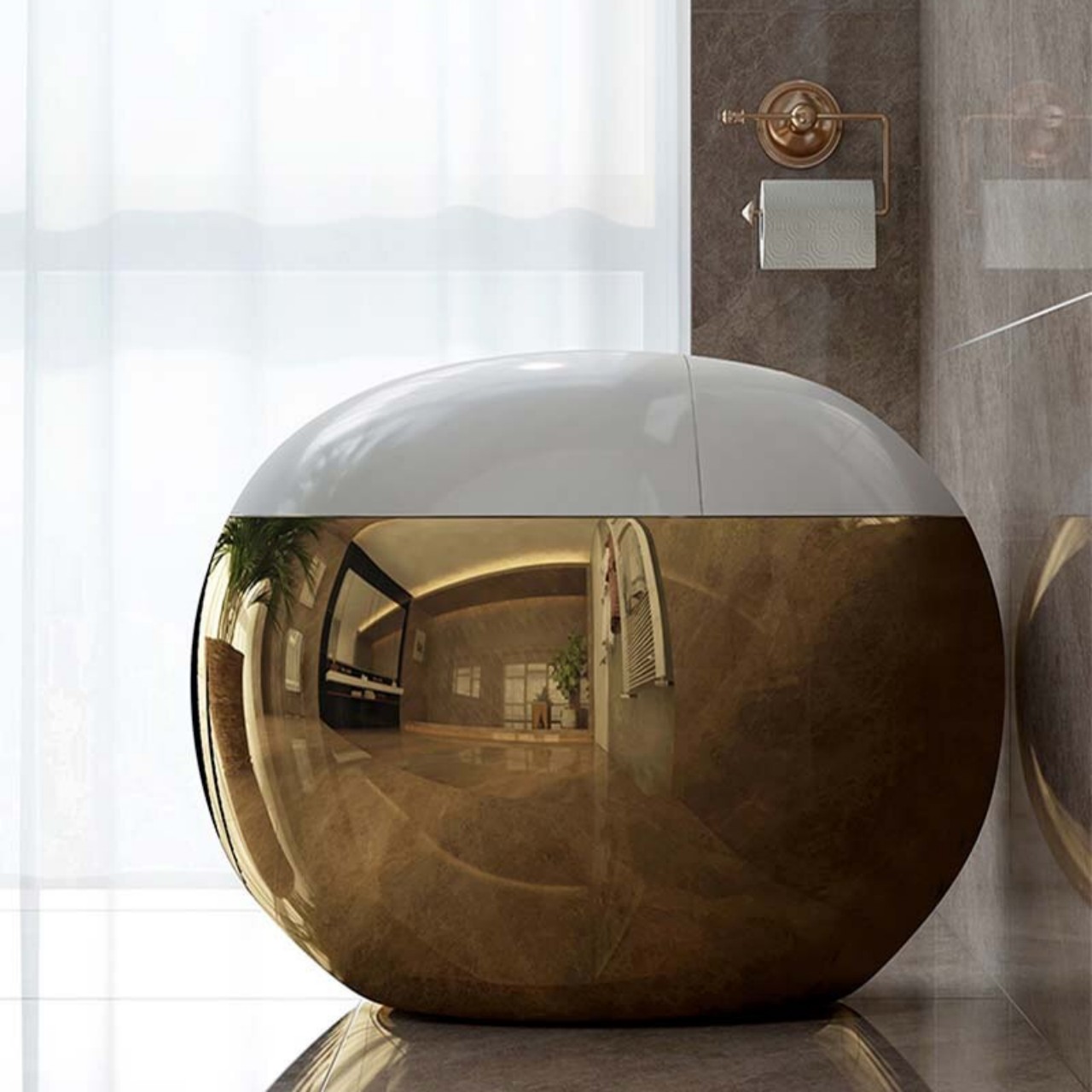
Designer: The Trend Will Out
- These WCs can be installed before the tiling or after the tiling is complete.
- Additionally, the plumbing required for a floor-mounted WC is less complex in comparison to the wall-mounted WC.
Disadvantages of a Floor-Mounted WC
- The floor-mounted WC takes more space than the wall-mounted WC and can make compact bathrooms feel cramped.
- Another disadvantage is that the cleaning can be tricky as there is limited access to the floor area around the base of the WC especially around the base and where the flush tank connects to the bottom pan. The space between these parts and connectors tends to collect dirt and grime and must be cleaned for sanitation and appearance.
- Also floor-mounted WCs tend to leak if the surrounding rubber gasket is broken or damaged. Note that attaching or replacing the rubber seal can be difficult, causing inconvenience. Make sure to use spacers or sealant between the toilet screw and the floor to prevent water from entering the floor material.

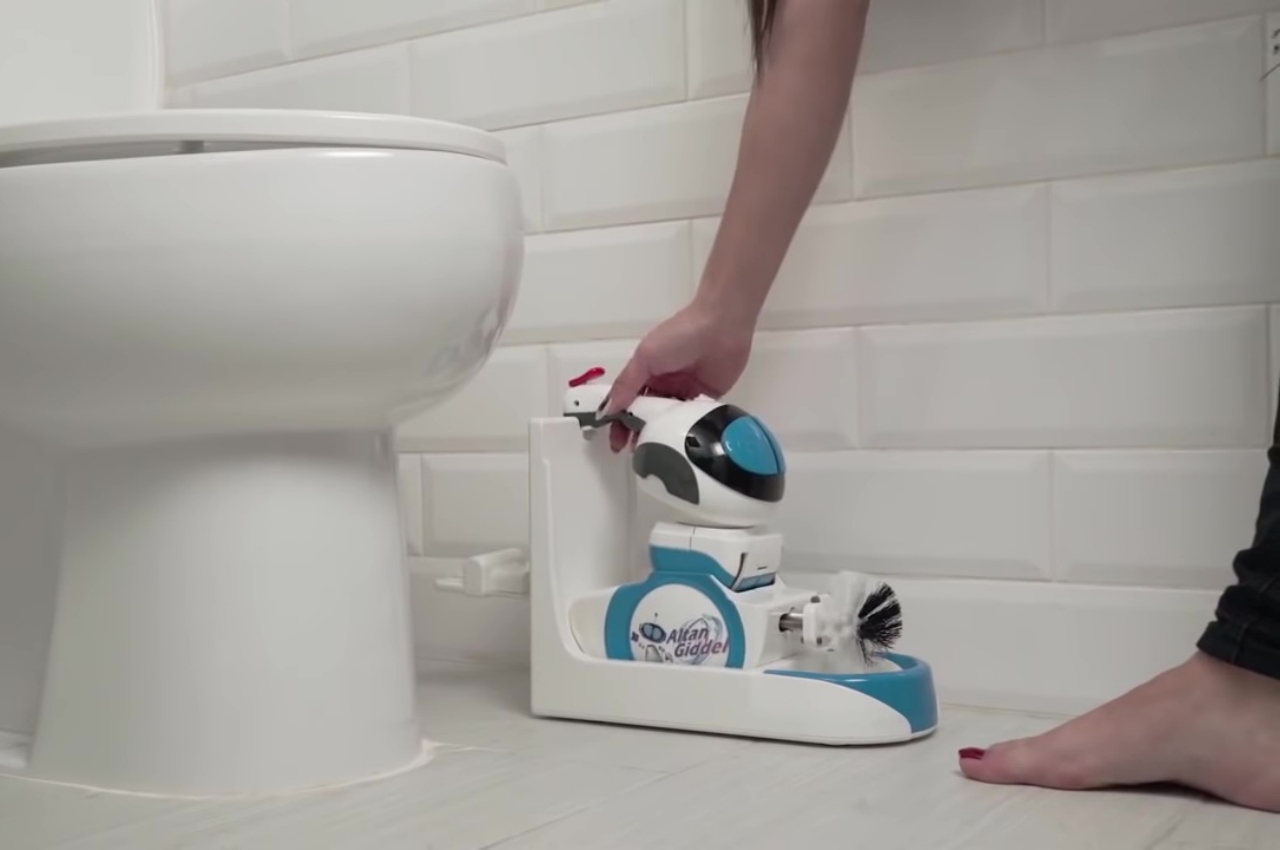
Designer: Atlan Robotech
Should you go for a wall-mounted or floor-mounted WC?
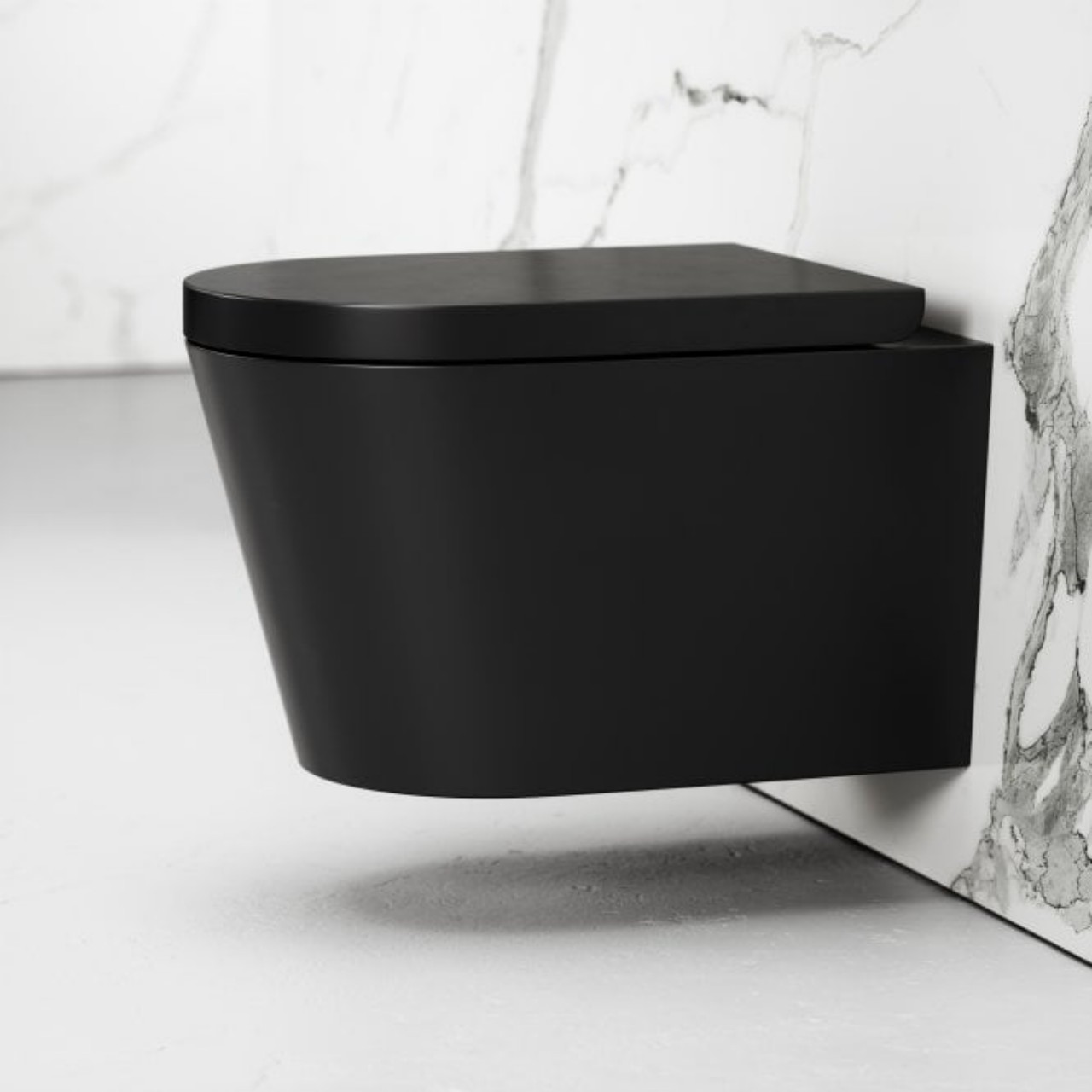
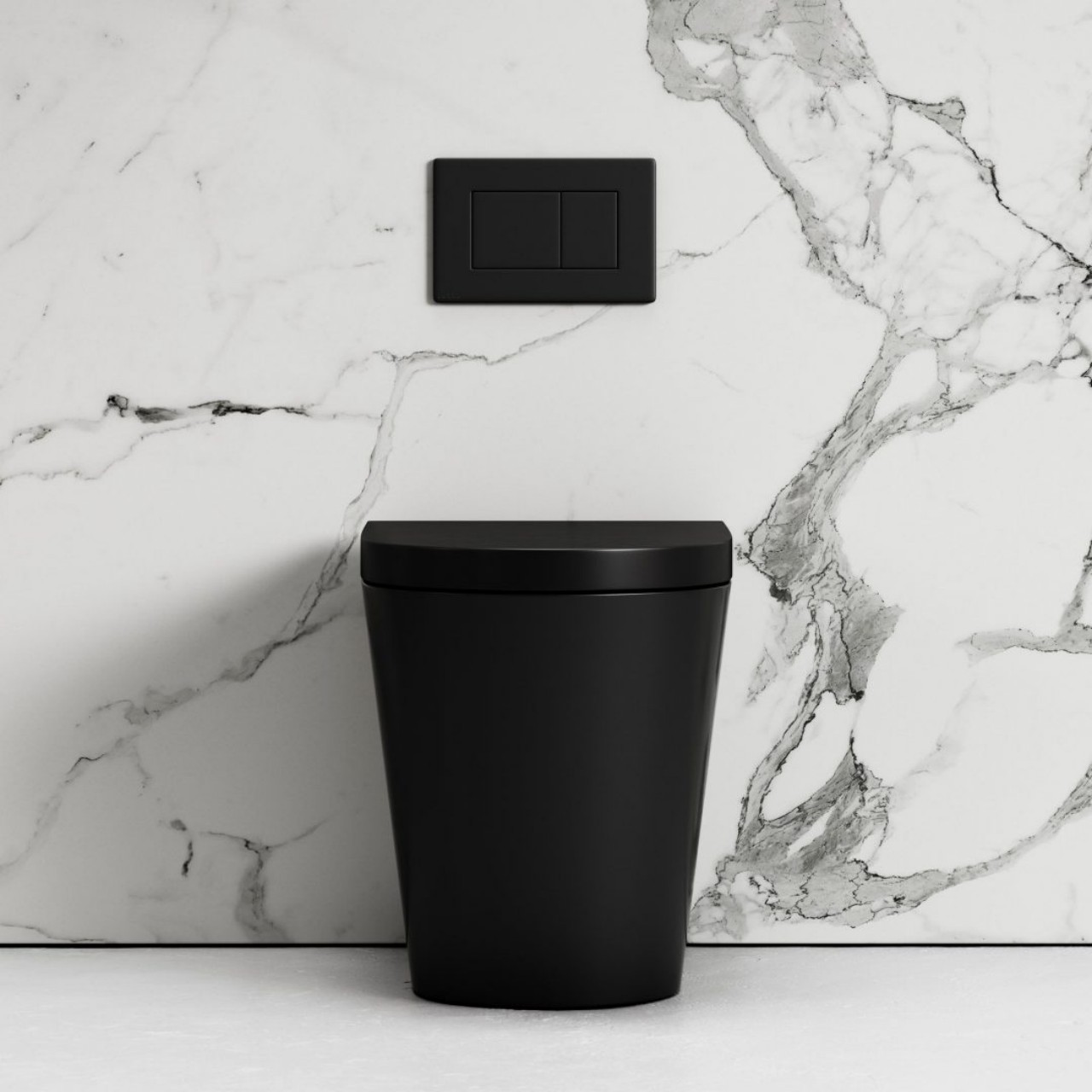
Designer: Lusso
Selecting the ideal toilet for your bathroom will ultimately depend on your taste. The floor-mounted WC is easy to install and practical but from an aesthetic standpoint, wall-mounted toilets impart a modern appearance. They are highly recommended for compact bathrooms or tricky layouts due to their space-saving design. If the loud noise of a flushing toilet bothers you, a wall-hung toilet might be a good choice. Since the tank is inside the wall, the sound of refilling after each flush is much quieter compared to a floor-mounted toilet, where the tank is located outside, creating noise during the refill. In addition, they are easier to clean. Opt for a model that appeals to you and complements the overall design scheme of your bathroom.




